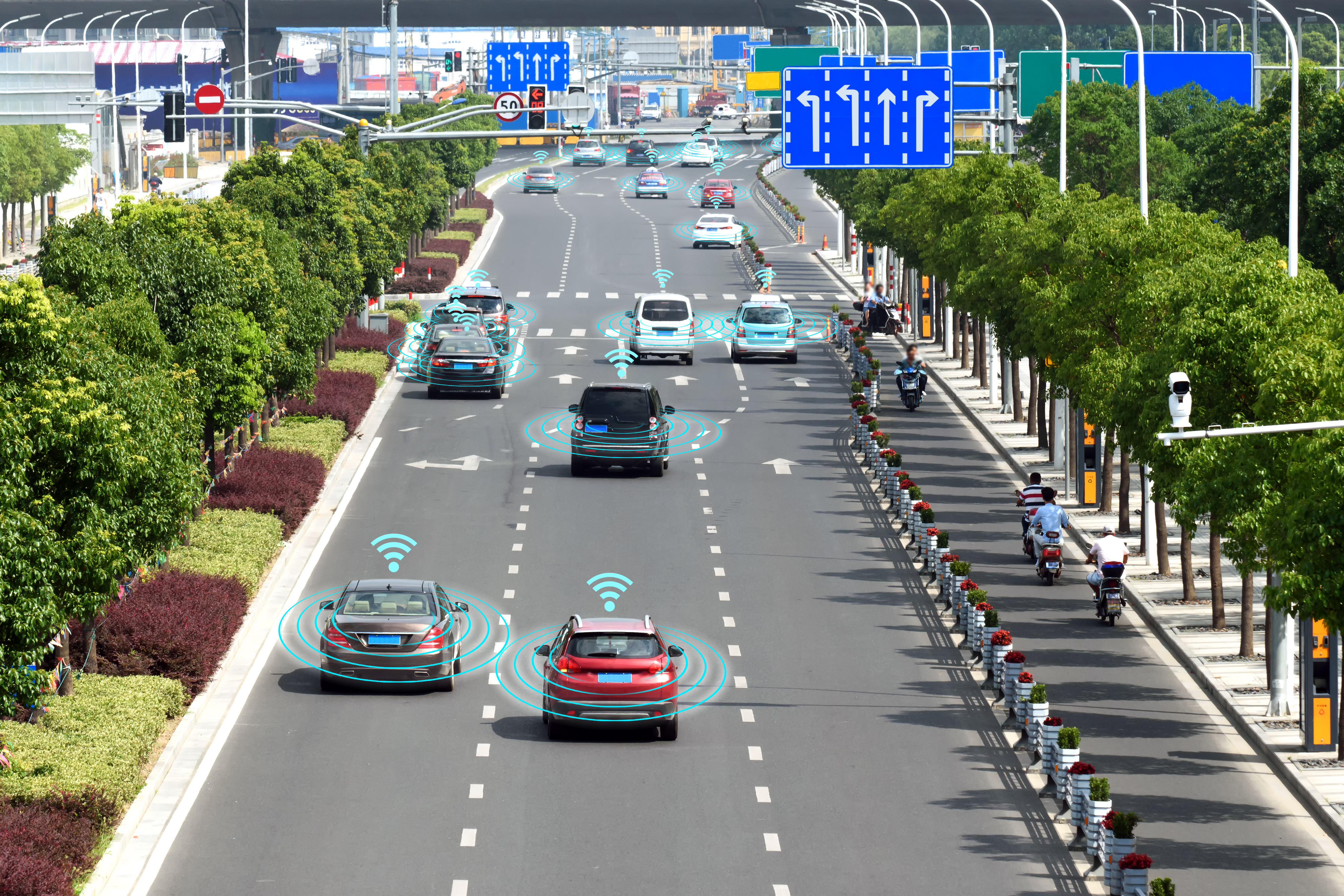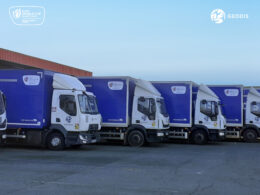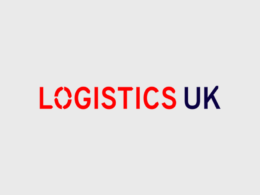When it comes to running a business, emerging technology can either be your best friend or your worst enemy. This is more true than ever in the 21st century. The future is very much becoming the present, an especially important consideration for enterprises that revolve around fleets of any kind.
Artificial intelligence-powered autonomous vehicles are just the beginning. 5G, virtual reality, augmented reality and a superpowered Internet-of-Things (IoT) look to revolutionise transport industries of all kinds.
In a study conducted by TomTom Telematics that surveyed 1,400 business managers across seven countries, 43% of respondents expressed fear that their business couldn’t keep up with technological advancement.
It’s a fair concern, but the only shield available to business owners, especially of SMEs, is knowledge: Know what’s coming, and know if and how it can best serve you.
Artificial intelligence
Machines equipped with artificial intelligence (AI) are taught how to analyze and react to data. Simply put, they’re made to make decisions like humans.
Driverless vehicles have long been futuristic fantasy, but both the private and public sectors are moving to make them a reality in the not-too-distant future. Nearly half (47%) of respondents to TomTom Telematics’ study said they expect AI to become part of the normal working day within the next decade.
AI is sure to hit transport industries within that time. A United States startup has already successfully trialled autonomous truck deliveries from Texas to California. Level 5 autonomous vehicles (AV), which don’t need any manual input from a driver at all, will change fleet management forever, as it has been widely reported the new class of vehicle promises reduced operating costs, improved road safety and more productive, efficient fleets.
However, equipped as they are with cutting-edge emerging technology, AVs won’t be cheap. Some estimate that autonomous tech can add up to $100,000 in costs to a single vehicle. Others in the industry say that the price of this emerging technology will drop precipitously, by up to 90 percent, by 2025.
Whether it’s in two years or two decades, all fleets will need to integrate AVs at some point.
5G and IoT
The Internet-of-Things (IoT) refers to all internet-connected devices. If its got “smart” in the name – smart car, smartphone, smart TV – it’s an IoT device.
Meanwhile, 5G is a new mobile communications standard, the successor to 4G, set to be rolled out across the world around 2020. When it eventually becomes a reality, 5G will enable vehicle-to-vehicle and vehicle-to-infrastructure breakthroughs by drastically improving internet speeds and reducing connection latency by several orders of magnitude.
These two emerging technologies create a one-two combo that you want on your side. Intuitive IoT telematic services are already streamlining data like fleet tracking and vehicle diagnostics, and the advent of 5G will allow for even more powerful, innovative solutions.
Business managers around the world are keenly eying IoT. In total, 55 percent of TomTom Telematics’ research respondents believe companies that fail to integrate IoT magnify their risk of failing. Frost & Sullivan predicts there will be 63.5 million connected trucks on roads around the world by 2025.
So, if you want to lead in a connected world, it’s time to connect your fleet.
Virtual, Augmented reality
Virtual reality was expected by 39 percent of surveyed business managers surveyed by TomTom Telematics to soon be in common use. Both virtual reality (VR) and augmented reality (AR) represent opportunities to improve fleet safety via driver training.
Virtual reality headsets, which immerse the user into an entirely digital world, are used by enterprises for training purposes. Delivery companies in the United States are using VR to train new drivers, for instance. VR’s ability to accurately simulate real-world scenarios, like collision situations or driving under extreme fatigue, could prove a strong liability reducer.
Augmented reality, meanwhile, overlays data on top of the real world. It’s not uncommon for drivers to take traffic-heavy routes, get lost or even trapped. AR can be used for real-time driving training, similar to those provided by telematic services, to improve efficiency and safety.
For instance, Porsche recently invested in Swiss start-up WayRay – a company that develops and produces holographic augmented reality head-up display technologies – and is working on seamlessly integrating virtual objects into the driving experience, such as directions, traffic information, pedestrians and blind spot warnings.
Look back to the future
Perhaps most important to note is that businesses don’t have too much time to make these decisions. While some promising-but-nascent technologies are years away from realisation, others are just around the corner.
The task facing business owners will be choosing which emerging technologies to integrate – as not all are as sure winners as, say, AI – and when.
In the case of IoT, or connected vehicles, you’re already behind if you’re not ahead. Connected cars are a rapidly growing consumer segment, and telematic fleet management systems already dive marked improvements in efficiency and safety. It’s a stepping stone to a new wave of technology, and a vital one at that.
History is littered with examples of organisations that failed due to insufficient innovation or technological adaptation. The upfront price of adopting new technology can be staggering, but it’s also often a sliver of the cost businesses pay if they remain inert.













